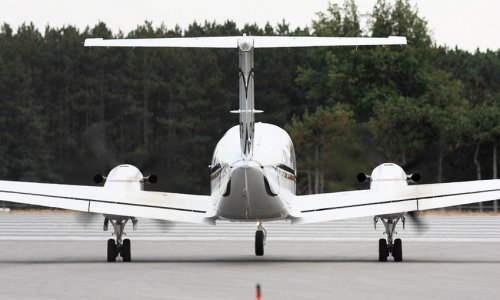Follow us !
Bird flu "danger zones" mapped
World
23:00 | 18.06.2014

Bird flu "danger zones" mapped
The "danger zones" in Asia which are vulnerable to a deadly bird flu have been mapped by scientists.The virus, called H7N9, has infected 433 people mostly in China and has killed 62, BBC reported.The study, published in Nature Communications, showed parts of Bangladesh, India and Vietnam could easily sustain the virus.The research group said those areas should monitor poultry to ensure any threat is detected.The H7N9 virus spread from birds to people and was first detected in March 2013 in China.New viruses are always a concern because of their unknown potential to spread round the world as a deadly pandemic.Data from the H7N9 outbreak was used to build a computer model of other at-risk areas in Asia.It involved mapping 8,000 live-poultry markets and assessing how close together they needed to be to spread the infection.Threat zonesThe map does not show where the virus will end up next, just those areas where conditions are suitable to sustain the virus if it managed to get there.Bangladesh, northern India, the Mekong and Red River deltas in Vietnam and isolated parts of Indonesia and Philippines were identified as at-risk areas.Thailand was not a risk zone due to cultural differences, which mean live-poultry markets are not common. It is also noticeable that the whole of China is not equally at risk.H7N9 is not deadly in birds so there is no "body count" to help track the spread of the disease.Dr Tim Robinson, a senior spatial analyst at the International Livestock Research Institute in Nairobi, told the BBC: "It is a risk map showing, if the virus arrived to an area, how likely it would be to spread and continue from there."H7N9 can spread very quietly throughout the poultry population."The main use of the maps is to target surveillance, I think these maps can show areas where there's a high chance of the disease flaring up if it arrives."What is missing from the maps is how the virus is likely to spread.The researchers want to factor in data on how poultry are traded in Asia.Dr Simon Hay, from the University of Oxford, said: "H7N9 is confined to China at the moment and all the neighbouring countries are worried about when their chicken industry might be infected.""The maps are a prediction if you dropped a new infection in that location would it stick and hold as a disease."He said the tools developed could be quickly applied to other bird flus making the the jump to people in the future.Yet the great fear in novel avian influenza is that the virus starts to spread rapidly between people."I think the maps become redundant at that point," Dr Hay added."It's a very different disease process then, if it does jump to human-to-human transmission then you would use a classical influenza model using the proximity of people, volume of air flights and the amount of people moving between cities." ANN.Az










